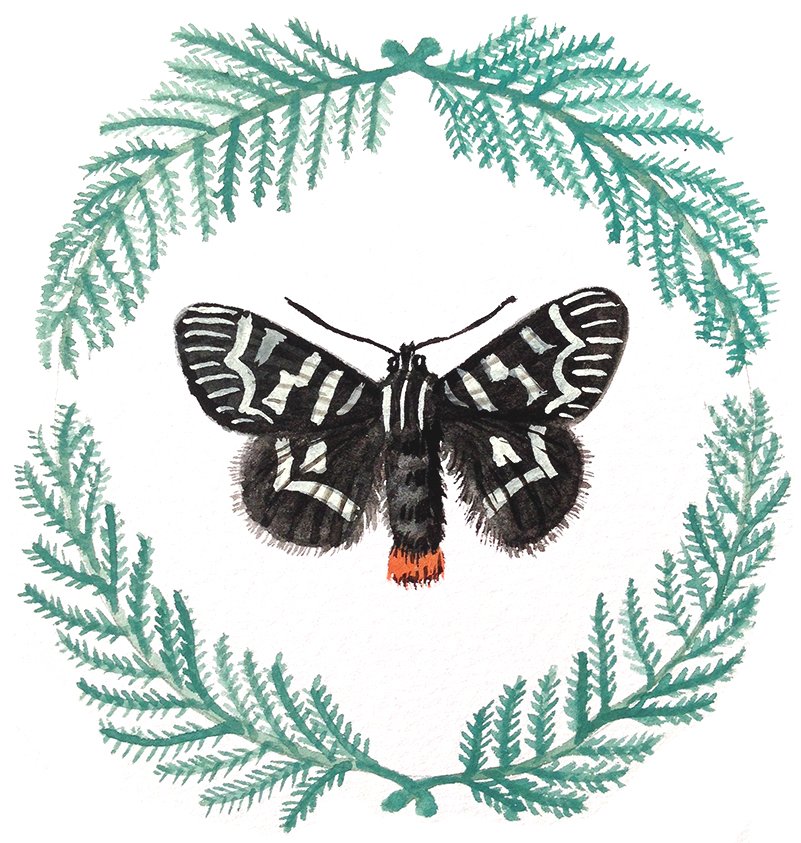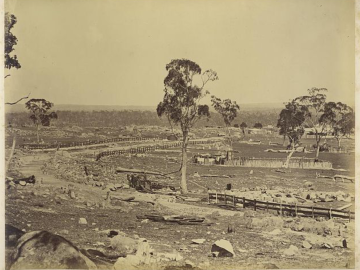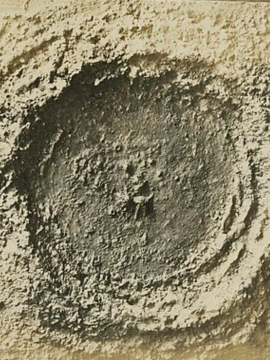For the Benefit of Naturalists
Melissa Ashley
In my mind’s eye I saw Mother observing a metamorphosis: jaw clenched; eyes widened and holding utterly still, forgetting to blink. Her nostrils flared and she brought her face down, close to the creature’s emergent head. The sphinx moth’s upper abdomen and front feet had been shrugged from the date-pit chrysalis, which it began to drag, a great sack, along the floor of the breeding-house. Ma had heard my approach and beckoned me excitedly with her hand, a finger to her lips. I must have been slow to respond because she grasped me to her side, pulling me down to share her chair. Again, she leaned forward, inspecting, until the tip of her nose almost touched the moth’s feathery antenna. All I could do was hold my breath, press down on an urge to laugh that was almost uncontrollable. What must it be like from the poor animal’s perspective, emerging after a months’ long transfiguration, to be confronted by Mother’s intense and terrifying glance? Her shining white forehead and drawn brows looming, blocking the light, the exhalations of her breath like storm winds. I pitied the dear thing; how ludicrous, how extraordinary, my mother’s singular obsession. Hours later, dead-shell of the cocoon discarded, the moth clung to a rung on the wall of the breeding-house – made from a branch – and with excruciating slowness unstuck and unfolded its wetted wings to let them dry. I turned toward Mother, attempting to gain favour by sharing how impressed I was by the hairy pink bands along the side of its abdomen, and saw the tears streaming down her cheeks. Eyes shining with joy, she held her arms out to bring me closer, kissed the top of my head.
Feature image by Barnes Dr Thomas G, U.S. Fish and Wildlife Service



